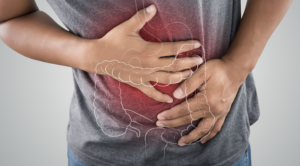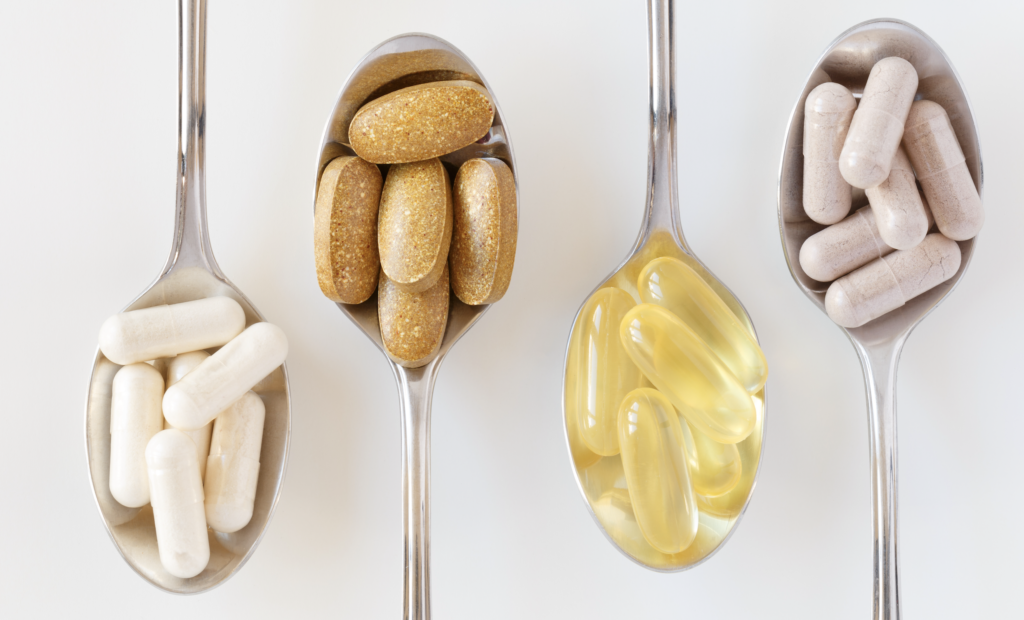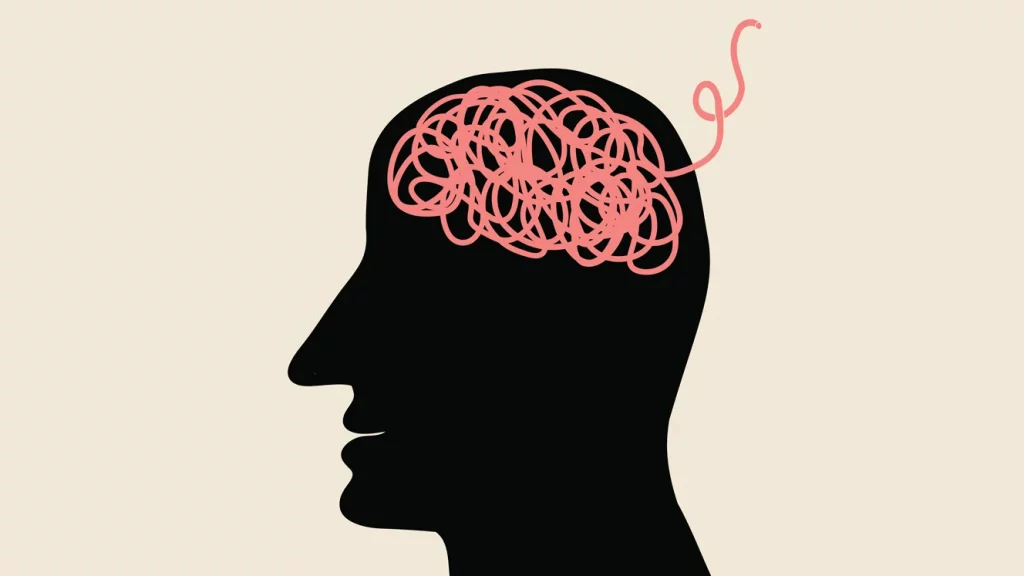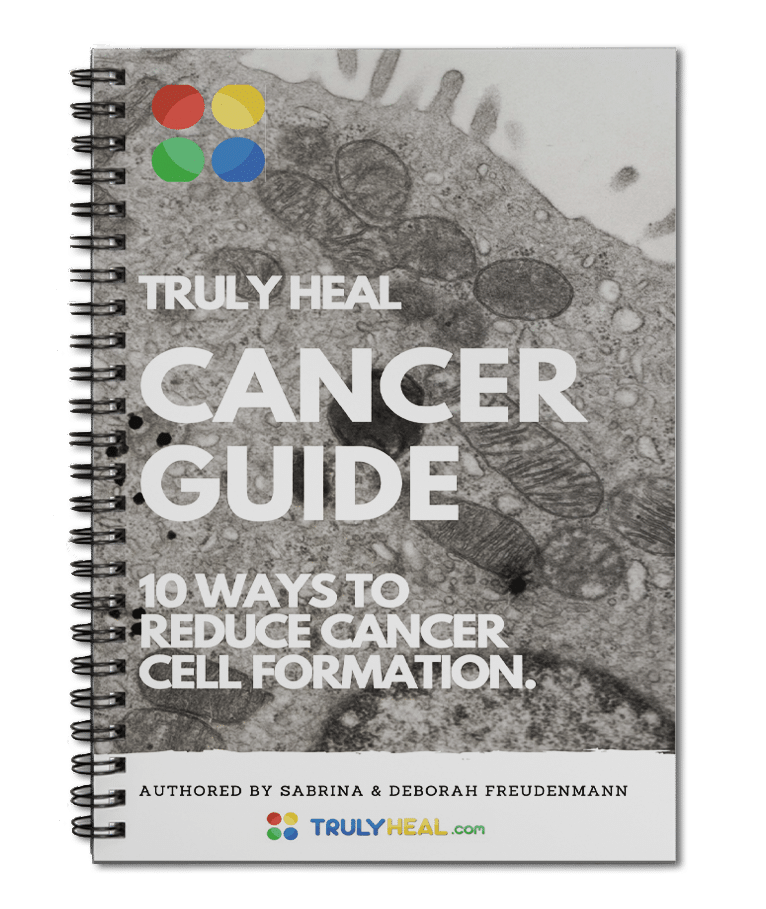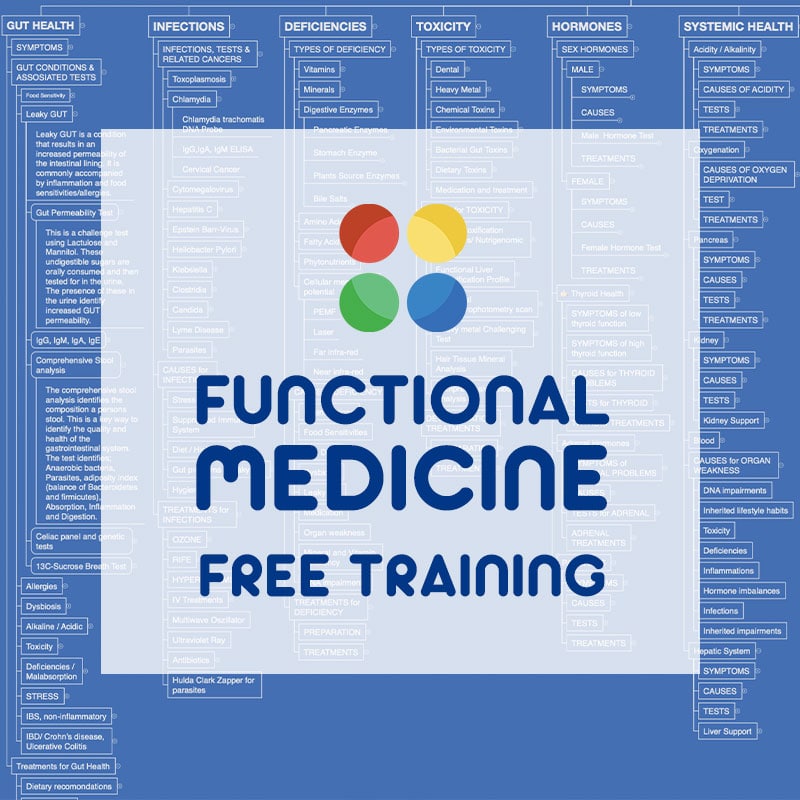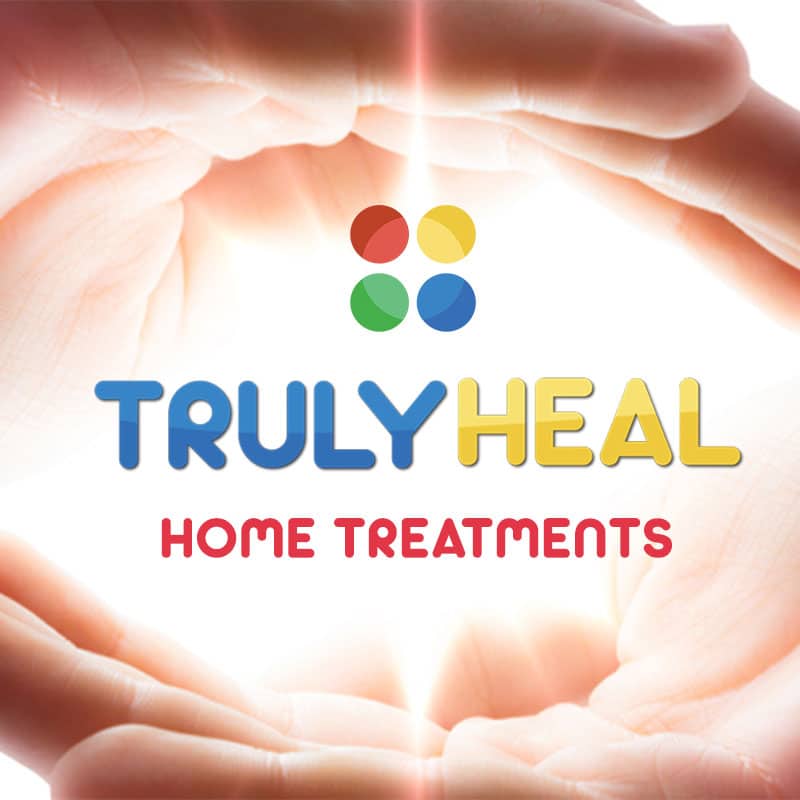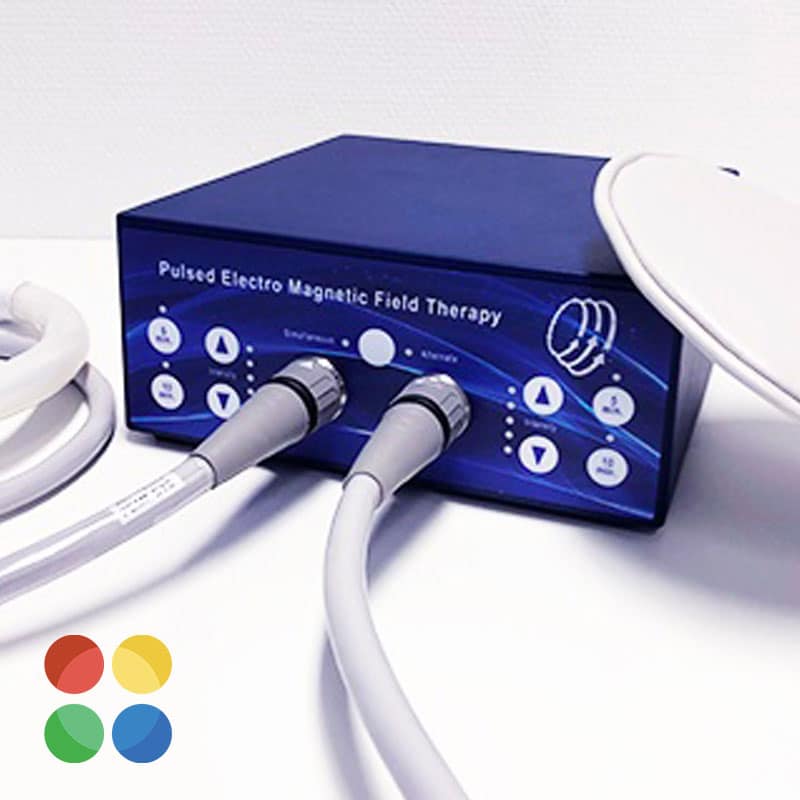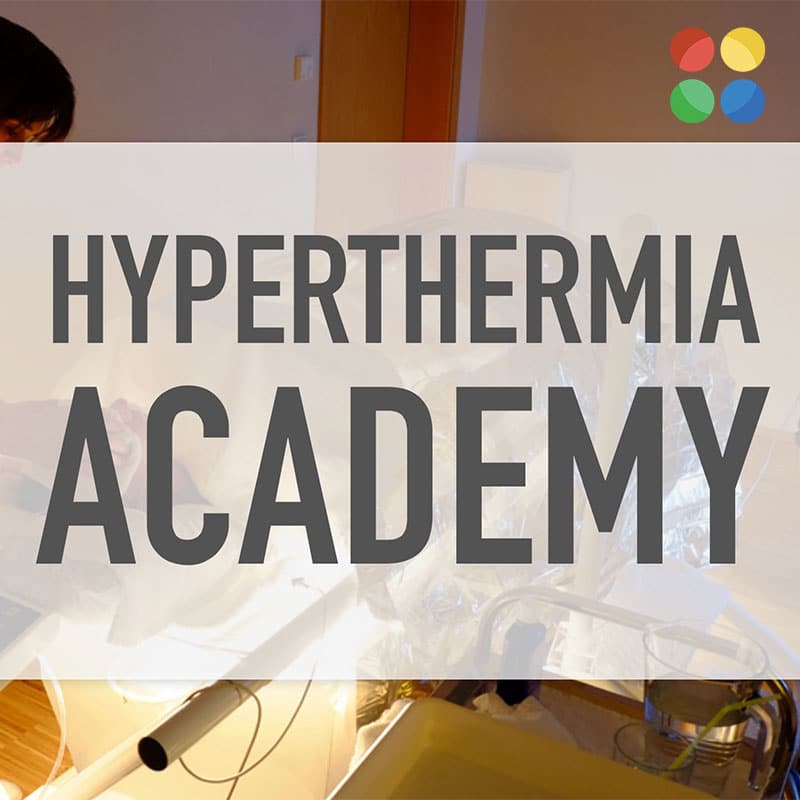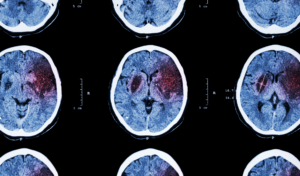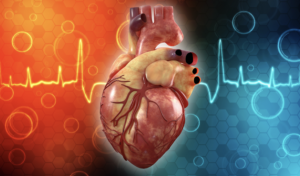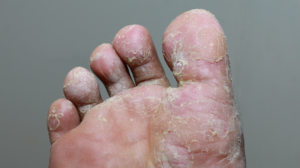Eliminate heavy metals
The accumulation of heavy metals in the body such as lead and mercury could interfere with the neural signalling mechanisms in the nervous system and aggravate the attention deficit. Lead could create an adverse impact on the neural development in young children even with a low level of toxicity.
Hence, promoting detoxification of heavy metals with the help of safe and effective therapies like methylation, chelation, and sulfation is recommended to relieve the symptoms of this condition.
Healthy eating habits
Eating clean by eliminating specific foods that contain food additives, dyes, and harmful chemicals is one of the effective ways to manage the symptoms of ADHD. These chemicals are commonly added to packaged and processed foods and ready meals.
Research studies have proven that these foods can increase hyperactivity and other symptoms of ADHD, and hence, must be avoided.
Discover food sensitivities and intolerances
There is evidence suggesting that certain food categories are more likely to aggravate the symptoms of ADHD in some patients. For example, gluten-containing grains, dairy products, and foods with added sugars can trigger the symptoms of ADHD.
Discovering food sensitivities and intolerances and avoiding them could help to restore the healthy bodily functions and relieve the symptoms of ADHD.
Improve gut flora
Reducing the inflammation in the gut and balancing the gut flora would restore the normal neurological functions and improve hormonal balance thereby reducing the symptoms of ADHD.
Reduce inflammation
Medical research has shown that the inflammation in the brain could trigger the onset and worsening of ADHD.
An increase in the levels of an amino acid called homocysteine has been linked to inflammation and damage to the blood-brain barrier while the high levels of an inflammatory protein called C-reactive protein could trigger inflammation in the brain and other parts of the body.
Hence, addressing inflammation by using natural anti-inflammatory foods like turmeric and green tea is recommended for relieving ADHD symptoms.
Regular exercise
Research studies have suggested that regular exercise could improve concentration and focus in children with ADHD. Taking a walk at a park or in nature on a regular basis could help boost the secretion of dopamine in the brain and thus, enhance the memory and attention span of children and adults with ADHD.
Use adaptogenic herbs
Research studies have revealed that the use of adaptogenic herbs Ginkgo biloba and pine bark could be beneficial for improving the symptoms of ADHD. These herbs would restore the body’s ability to cope with difficult situations and reduce hyperactivity and impulsivity.
CBD oil
Research suggests that the intake of CBD oil could relieve the symptoms of ADHD, thanks to its ability to drive down inflammation in the nervous system and improve hormonal balance.
Boost serotonin
Patients with ADHD often have serotonin imbalances that play a role in mood swings, impulse control, and sleep patterns. Patients may use tryptophan or vitamin B6, which has the ability to boost the production of serotonin and reduce symptoms like hyperactivity.
Sleep well
Behavioural sleep interventions have been shown to improve the sleep pattern, and in turn, reduce hyperactivity and improve focus in patients with ADHD. Following a fixed bedtime routine can also improve the speed quality and duration and relieve the symptoms of this condition.
In 95% of obstructive sleep apnoea suffers attentional deficits have been reported. Also, obstructive sleep apnoea has been observed in 30% of people diagnosed with ADHD. So, addressing successfully obstructive sleep apnoea relieves ADHD symptoms in individuals.
As sleep disorders are a common comorbidity in ADHD or a causative factor it has been shown that L-theanine improves sleep. In a study of boys (aged 8‒12 years) diagnosed with ADHD, 400 mg L-theanine daily was shown to improve sleep.
EMFs from mobile devices
Several studies have found a strong correlation between exposure to EMF radiation and a higher risk of ADHD. Hence, limiting screen time and using EMF-blocking devices could be useful for relieving the symptoms of this condition.
